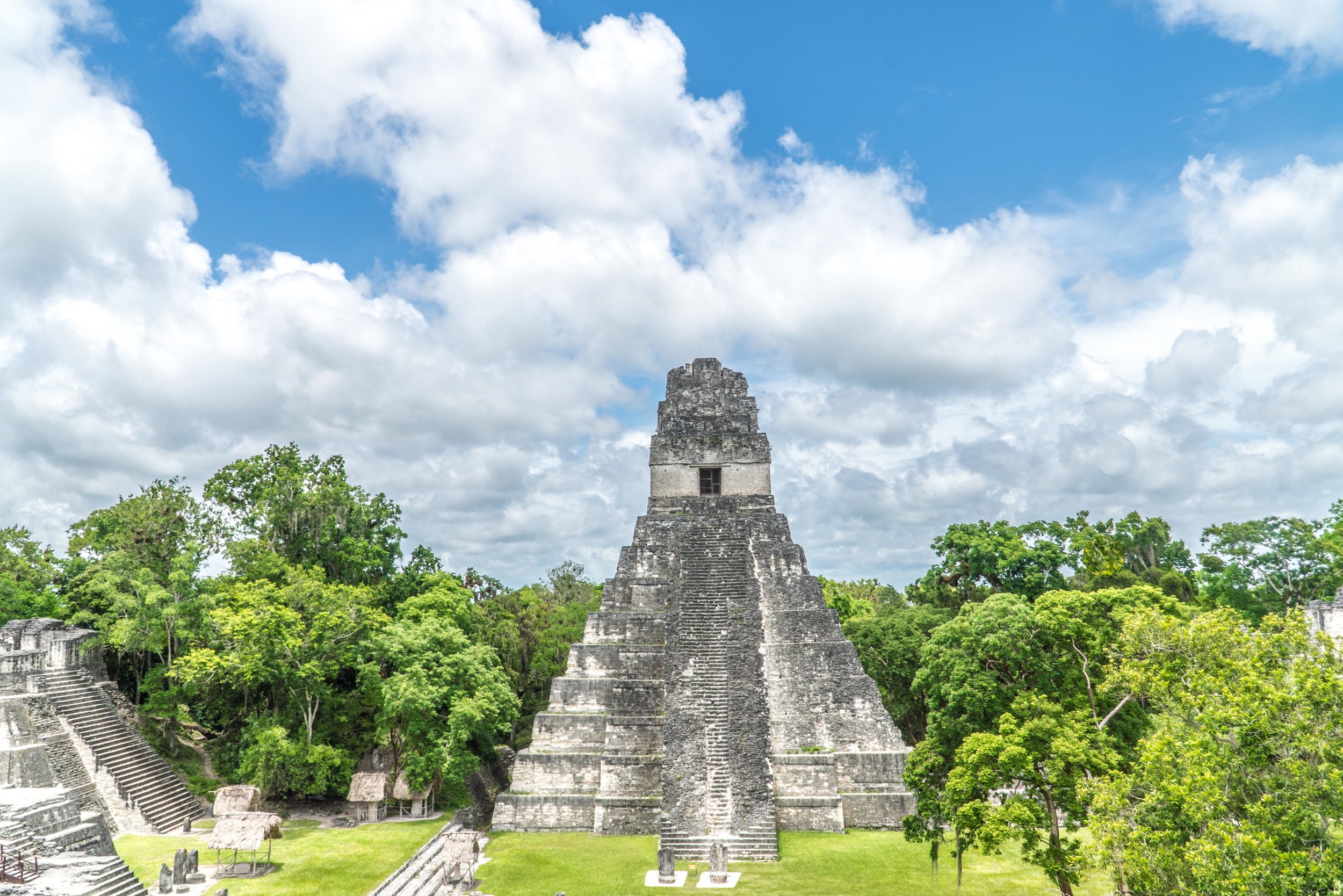The Best Liquors and Liqueurs from Around the World: Europe
Any friend of mine, or even reader here on WTG, knows that if there are two things that I love, it’s travel and craft drinks. But what many may not know is that my love for craft drinks is actually a byproduct of my love for travel. While I’ve always loved to eat, and to eat well (I was always the pudgiest kid in class growing up.), I never had the same palate for drinks until 8 years ago.
It was in 2010 that I set out to travel indefinitely, spending 9 months traveling abroad. But while many people may pick up an article of clothing or souvenir from the places they visit, I would pick up a bottle of the local beverages. It escalated quickly, however. While in Central America, I would often do border runs with expats just so that I could pick up new bottles of rum and other liquors at the border. The upside was that the cost of one 750ml bottle was often the cost of a single shot at a bar. The downside was that the majority of my possessions was all of a sudden bottles of beer, liqueurs, and liquors from traveling around the world. But rather than become a collector of liquor bottles, I decided to teach myself how to make drinks.
Fast-forward 8 years later, and I’m frequently creating new cocktail recipes, hosting small pop-up bars, and passing on bottles of my own liqueur creations to friends. And yes, when I visit a new country, I still always come back with a bottle of that country’s liquor. So in my latest post, I’m sharing some of my favorite liquors and liqueurs from traveling around the world, which in this edition spotlights Europe.
Liquors and Liqueurs from Europe
Brennivín, Iceland
We begin with my latest trip abroad, to Iceland. Here, you’ll find what I believe is one of the more legendary spirits on this list, Brennivín. Brennivín is considered a type of aquavit, since it’s flavored with caraway, one of the principle spices in aquavit. The official history dates back to 1935, when Brennivín was first publicly introduced in Iceland following prohibition (although the unofficial history of the spirit is believed to date back far longer). Dubbed “Black Death,” it’s frequently served cold in a shot glass. However, at 37.5% alcohol, it’s not going to make you go blind like bathtub gin from Prohibition. Bonus points, Brennivín is one of the cheaper bottles of alcohol you’ll find at Keflavík International Airport in Reykjavík. But like many of the spirits on this list, I find that it’s an acquired taste.
Aquavit, Norway
Aquavit is to Scandinavian countries much like bourbon is to Kentucky. And while most Scandinavian countries have numerous distilleries that make it, Norway is one of the most popular countries. While it’s distilled much like gin, and typically made with grain or potatoes, aquavit is most recognizable for some of its spices, like caraway or dill, as required by European Union rules. While aquavit is readily available in Scandinavian countries like Norway, it’s making its way to American restaurants and bars more and more. Look out for an aquavit called Linie, one of the largest aquavit producers, which you can buy at many liquor stores such as Total Wine.
Killepitsch, Germany
You probably know about Germany’s pilsners, lagers, and Jägermeister, but you probably haven’t heard of Killepitsch unless you’re German or have visited Düsseldorf. The herbal liqueur has a long history, dating back to the mid-1800s, although it wasn’t formally launched commercially until after World War II. What’s most interesting, however, is that the recipe for Killepitsch calls for a whopping 90 different herbs, spices, and fruits (that’s one long grocery list!). If you find yourself in Düsseldorf, I urge you to visit the Killepitsch Bar in Dusseldorf’s Old Town. My day there a few months ago was an utterly fascinating, poignant afternoon talking with older German men telling me stories about coming here after “The War.” Enjoy a shot of Killepitsch with locals, and afterward, grab some minis in the shop to bring home.
Ginjinha, Portugal
I’d be remiss to talk about Ginjinha without giving a hat tip to the late Anthony Bourdain, as I discovered this unique Portuguese liqueur in the Lisbon episode of No Reservations. Taking part in this tradition of Ginjinha in Lisbon is one of my favorite food and drink memories from traveling. In Lisbon, you’ll find a small selection of ginjinha bars, which are literally hole-in-the-wall bars. Many only serve ginjinha, and they’ll ask you if you want it with or without ginja berries (sour cherries). I fondly remember how much I basked in standing sandwiched between tourists and locals outside A Ginjinha in the shadow of buildings and castle walls that were centuries old, while throwing back shots and spitting the cherry pits into the sidewalk drain. This is a must-visit experience in Lisbon, and one of the cheapest shots you’ll ever have.
Sloe Gin, England
For England, there are so many different spirits and liqueurs I could have picked, such as Pimm’s, which is pretty recognizable and readily available. As such, I wanted to pick something a little less recognizable. But while everyone knows about gin, most people (outside of the U.K.) probably don’t know about sloe gin. The main difference between the two is simply that sloe gin is made with sloe berries, or blackthorns, which are tart berries that grow wild in England. Sloe gin itself has a very bittersweet flavor, and is a popular drink around the holidays in England. However, since sloe berries are native to Europe, you don’t see much sloe gin in America. But if you’re looking for a bottle, I’d recommend looking for it from a craft distiller that makes them in small batches to maximize freshness.
Atholl Brose, Scotland
It’s far too easy to tell you to pick up a bottle of Scotch whisky in Scotland, especially when it’s readily available pretty much everywhere. One of my favorite liqueurs, however, both to drink and make at home is a honey-infused single malt called Atholl Brose, which is often drank around the holidays in Scotland. The drink has a lot of legends, one of which involves a giant, and another involving the 1st Earl of Atholl during a Highland rebel in 1475. Whatever the case, you can simply buy a bottle of Dunkeld Atholl Brose, or make your own with nothing more than a blended single malt whiskey, honey, steel-cut oatmeal, and heavy cream (optional). Here’s a recipe for it from Saveur.
Becherovka, Czech Republic
Becherovka is another European liqueur with a long history, dating back 200 years. What’s more, the recipe, which uses 20 different kinds of herbs, hasn’t changed in 200 years. The flavor is kind of like Christmas in a bottle, very warming with spices that remind me of autumn and winter. And while you may get some sharp looks if you order anything but a shot of Becherovka in the Czech Republic, I like it in a number of cocktails, including a winter version of an Old Fashioned. Many craft cocktail bars in America now serve it, so keep an eye out for it without having to go all the way to Central Europe.
Genever, Netherlands
Genever was actually one of the first spirits that made me want to get into cocktail making. Perhaps most interesting is that genever (or jenever), is one of the oldest spirits in the world, and what gin evolved from. Additionally, the European Union specifies that genever can only be made in the Netherlands, Belgium, and a couple regions of France and Germany. All the more reason to visit Europe! What’s different, and unique, about genever itself is that it’s a malted spirit, so that it is produced more like single malt, though it’s much lighter on the tongue, since it’s not aged like Scotch. I love it because it often takes some of the lightness of neutral spirits that I love and gives it malty notes like malt whiskey that I love. If you’re ever in Amsterdam, I highly recommend visiting Bols, the oldest distilled spirits brand in the world, and one of the coolest drink experiences I’ve been to.
Absinthe, Switzerland
Absinthe feels a little bit like Europe’s version of moonshine, except in some cases, far more potent and dangerous. That’s because until recently, absinthe was banned in many places around the world. But while absinthe can have incredibly high alcohol content (as much as 74%, compared to most whiskies that are 40-50%), the reason for the ban was because of the presence of thujone, which is a component of wormwood that’s believed to be toxic in high doses. But while many people have probably heard of absinthe, and its dangers, most people probably don’t realize that absinthe originated in Switzerland, and saw popularity in Western Europe, especially France, in the 1800s. And while absinthe was banned in Switzerland for years, it’s made a comeback in the last decade. In France and Switzerland, there’s even an absinthe trail! As such, you’ll find a number of absinthe makers, especially in Switzerland. However, while I can drink it alone, I prefer absinthe in small amounts in cocktails, like a Sazerac, as the licorice flavor from the anise can be overpowering.
Amaro, Italy
If there’s one country that seems to like its liqueurs more than any other, it’s Italy. Italy’s list of liqueurs is long, including Limoncello, Amaretto, Campari, Frangelico, Sambuca, Grappa, and Amaro. Amaro, however, is arguably Italy’s most common liqueur, typically enjoyed as an after-dinner digestif, and includes brands like Averna, Cynar, and Fernet Branca. Since amaro is a favorite among craft bartenders, you won’t have a problem finding many of these brands in major countries, including the U.S. However, when visiting Italy, I’d recommend trying different amaros, especially since it can be an acquired taste, and pick up a bottle made by an Italian amaro maker that you aren’t likely to find elsewhere.
Licor 43, Spain
Spain knows more than just wine! Licor 43 is just like it sounds, a Spanish liqueur with 43 different fruits, herbs, and spices. With a carefully-guarded recipe, and so many different ingredients, it’s hard to compare Licor 43 to anything else. Nonetheless, many are prone to compare it to spiced rum, because of the strong vanilla flavor and sweetness. Licor 43 is a nice after-dinner nightcap, but also plays very well in cocktails because of its complexity. While you’ll see it throughout Spain, look for it also in Latin American countries, where it’s also popular.
Génépy, Alps
I was first gifted a bottle of Génépy at a holiday party a couple years ago, and was immediately taken with it. Honestly, if you were to bottle up the alpine destinations of the world, this is it. It's altogether warming, sweet, herbal, and full of spices that you'd associate with the mountains and winter. While it’s long been associated with the mountainous Alps regions of Europe, Génépy is making its way into craft cocktail bars. Look for a bottle of Dolin Genepy des Alpes at specialty spirits stores, and enjoy it on its own this winter, or with a little tonic.
What are your favorite liquors and liqueurs from around the world?










